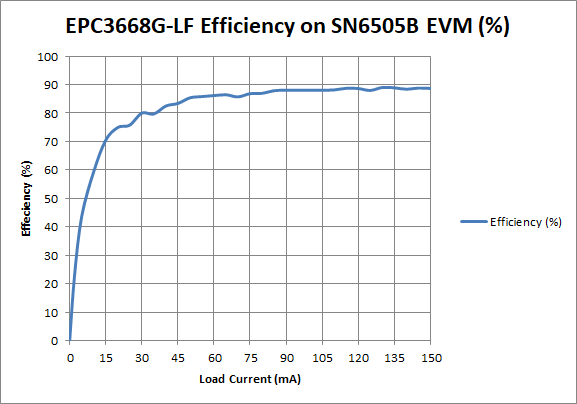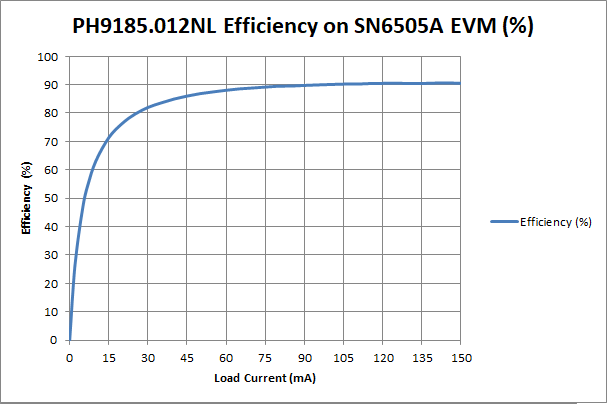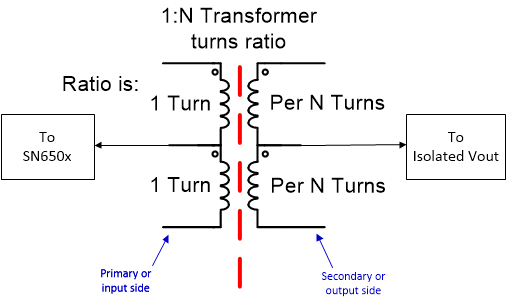Other Parts Discussed in Thread: SN6505A, SN6505B-Q1, , SN6505B
Hello Anant-san,
Could you give me the SN6505A/B-Q1 comparison data about efficiency vs load current, which is tested by using the same trans. but different frequency?
I would like to know these efficiencies @ load current is 10mA to 50mA, when operating frequency is 160kHz and 420kHz.
That is, I want to understand SN6505A-Q1’s efficiencies corresponding with Fig.22 (Fig. 22 is SN6505B-Q1’s efficiencies with Wurth 760390014. Fig.2 to Fig.6 are tested with different trans..)
Best regards,
Ochi




